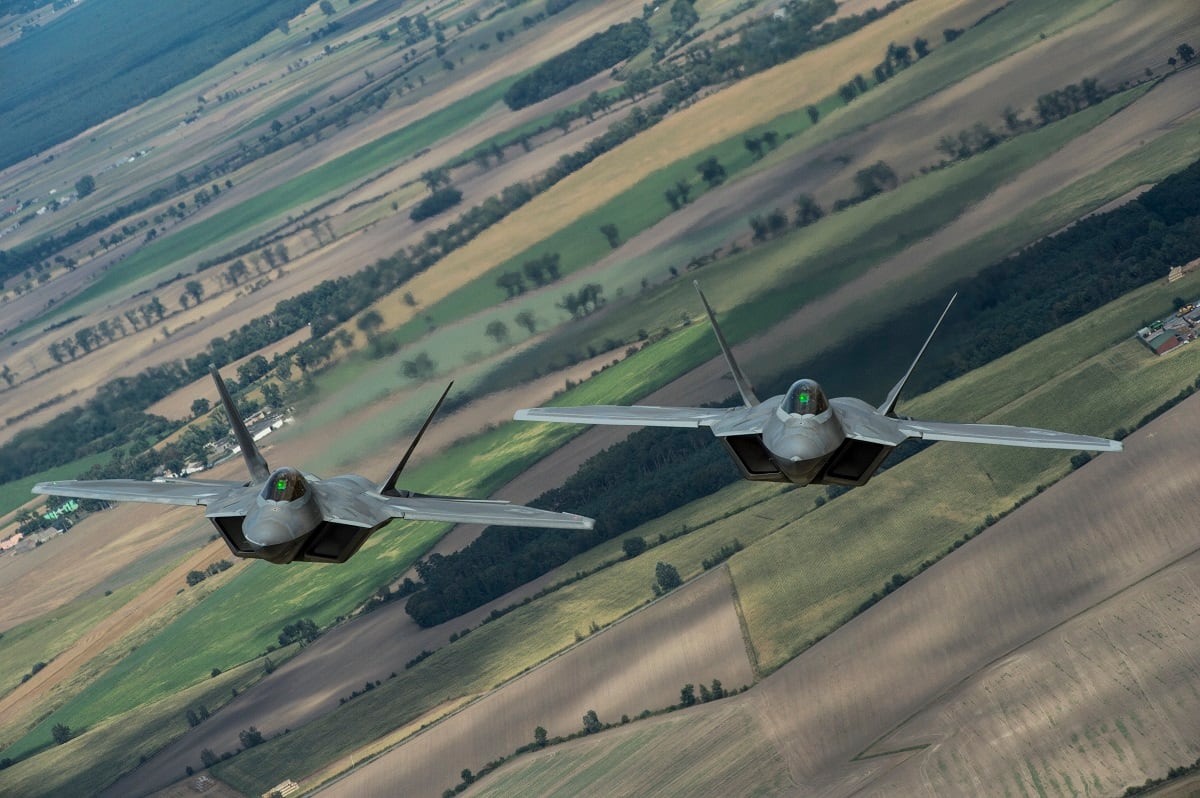ORLANDO, Fla. — The U.S. Air Force wants more fighters. But it didn’t necessarily want the F-15X, and it didn’t intend to buy any in the upcoming fiscal 2020 budget, its top two leaders confirmed Thursday.
“Our budget proposal that we initially submitted did not include additional fourth-generation aircraft,” Air Force Secretary Heather Wilson told reporters during a Feb. 28 roundtable at the Air Force Association’s Air Warfare Symposium.
Wilson’s comments confirm reporting by Defense News and other outlets who have reported that the decision to buy new F-15X aircraft was essentially forced upon the Air Force. According to sources, the Pentagon’s Cost Assessment and Program Evaluation Office was a key backer of the F-15X and was able to garner the support of the Office of the Secretary of Defense.
RELATED

Asked by one reporter, point blank, whether the Air Force wanted new F-15s, Wilson and Air Force Chief of Staff Gen. Dave Goldfein danced around the question.
Click here for more from Air Warfare Symposium 2019!
“We want to buy new airplanes,” Goldfein said.
“We want to buy 72 aircraft a year,” Wilson added.
Air Force leadership has confirmed that, as long as current budget plans don’t change, it will request money for new F-15s in FY20. The service plans to purchase eight F-15X planes from Boeing in FY20, with an expected total buy of about 80 jets, Bloomberg reported Feb. 19.
It’s normal for the Pentagon to be intimately involved with each service’s portion of the budget — and even to overrule service leadership and move funding around to better support the White House’s aims — something that Wilson herself alluded to in her comments.
“The Air Force and each of the services put in their budget proposals, given the top line that we’ve been allocated, and then there are further discussions that include the potential for some additional funds throughout that process,” she said. “It’s not something that is an Air Force decision. Ultimately it’s a Defense Department budget, and it goes into an overall presidential budget.”
However, the potential F-15X buy has received increased scrutiny for a number of reasons.
For one, Wilson has been vocal in dismissing reports that the Air Force had been considering purchasing an upgraded F-15.
“We are currently 80 percent fourth-gen aircraft and 20 percent fifth-generation aircraft,” she told Defense News in September. "In any of the fights that we have been asked to plan for, more fifth-gen aircraft make a huge difference, and we think that getting to 50-50 means not buying new fourth-gen aircraft, it means continuing to increase the fifth generation.”
RELATED

Additionally, when Bloomberg broke the news that the Air Force would buy new F-15Xs in December, it reported that the decision was pushed by then-Deputy Defense Secretary Patrick Shanahan, a former Boeing executive who has since become acting defense secretary. Shanahan’s spokesman has rebutted those reports, stating that “any DoD programmatic decisions impacting Boeing were neither made nor influenced by Mr. Shanahan.”
One official alluded to sustainment costs as being a critical factor in the decision to buy the F-15X over additional F-35 fighter jets.
Boeing has not disclosed its proposed F-15X unit price, with numbers from $100 million to less than $80 million having been reported by various outlets.
Gen. Mike Holmes, head of Air Combat Command, declined to comment on the cost per plane in a later roundtable, but said that some of the value of the F-15X proposal lays in the total ownership cost of the plane, especially when taking into account the expense of sustaining the F-35.
“There’s more to think about than just the acquisition cost. There’s the cost to operate the airplane over time. There’s the cost to transition at the installations where the airplanes are — does it require new military construction, does it require extensive retraining of the people and then how long does it take?” he said. “We’re pretty confident to say that we can go cheaper getting 72 airplanes with a mix of fifth and fourth gen than we did if we did all fifth gen.”
Valerie Insinna is Defense News' air warfare reporter. She previously worked the Navy/congressional beats for Defense Daily, which followed almost three years as a staff writer for National Defense Magazine. Prior to that, she worked as an editorial assistant for the Tokyo Shimbun’s Washington bureau.








